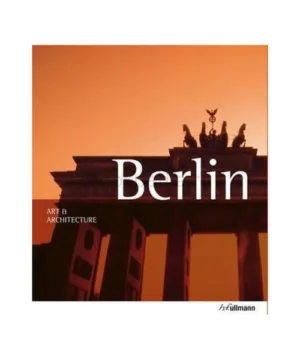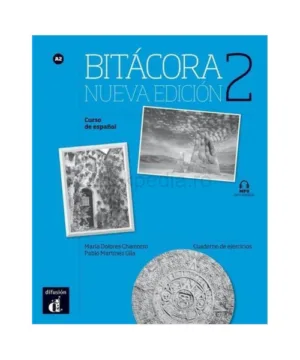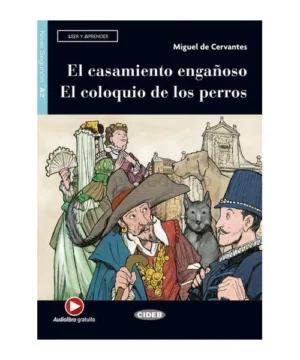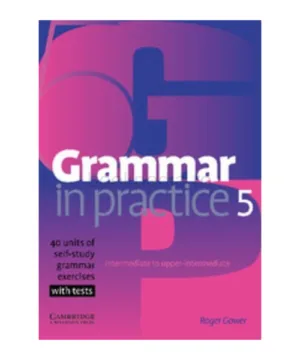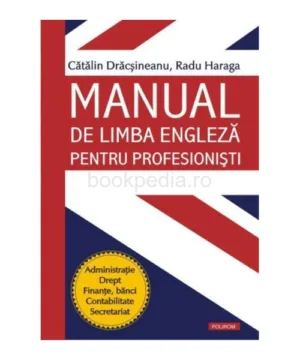The Oxford Critical and Cultural History of Modernist Magazines: Volume III: Europe 1880 – 1940
482,70 lei
| Publisher | Oxford University Press |
|---|---|
| Year | 2016 |
| Pages | 1552 |
Informații suplimentare
| General | |
|---|---|
| Publisher | Oxford University Press |
| Year | 2016 |
| Others | |
| Identification | |
| ISBN-13 | 9780198778431 |
| Format | |
| Pages | 1552 |
Descriere
The third of three volumes devoted to the cultural history of the modernist magazine in Britain, North America, and Europe, this collection contains fifty-six original essays on the role of 'little magazines' and independent periodicals in Europe in the period 1880-1940. It demonstrates how these publications were instrumental in founding and advancing developments in European modernism and the avant-garde. Expert discussion of approaching 300 magazines, accompanied by an illuminating variety of cover images, from France, Italy, Germany, Spain and Portugal, Scandinavia, Central and Eastern Europe will significantly extend and strengthen the understanding of modernism and modernity. The chapters are organised into six main sections with contextual introductions specific to national, regional histories, and magazine cultures. Introductions and chapters combine to elucidate the part played bymagazines in the broader formations associated with Symbolism, Expressionism, Futurism, Dada, Surrealism, and Constructivism in a period of fundamental social and geo-political change. Individual essays, situated in relation to metropolitan centres bring focussed attention to a range of celebrated and lesswell-known magazines, including Le Chat Noir, La Revue blanche, Le Festin d'Esope, La Nouvelle Revue Française, La Révolution Surréaliste, Documents, De Stijl, Ultra, Lacerba, Energie Nouve, Klingen, Exlex, flamman, Der Blaue Reiter, Der Sturm, Der Dada, Ver Sacrum, Cabaret Voltaire, 391, ReD, Zenit, Ma, Contemporanul, Formisci, Zdroj, Lef, and Novy Lef. The magazines disclose a world where the material constraints of costs, internal rivalries, and anxieties over censorship ran alongside the excitement of new work, collaboration on a new manifesto and the birth of a new movement. This collection therefore confirms the value of magazine culture to the expanding field of modernist studies, providing a rich and hitherto under-examined resource which helps bring to life the dynamics out of which the modernist avant-garde evolved.
Produse similare
24 heures à Paris + MP3 téléchargeable
Amaia se conecta, Black Cat Lectores españoles y recursos digitales, CD audio, A2, Nivel 2
Bitácora 2 – Cuaderno de ejercicios + MP3 (A2) (Nueva edición)
Cambridge English Prepare! Level 3 Student's Book
Joanna Kosta, Melanie Williams
Complete Advanced Workbook without answers with audio CD
Barbara Thomas, Laura Matthews
El casamiento engañoso – El coloquio de los perros, Black Cat Lectores españoles y recursos digitales, Audiolibro, A2
Grammar in Practice 5
Guess What! Level 3 Activity Book with Online Resources. British English
Lola Lago, Detective : Una Nota Falsa + CD (A2)
Magnet B1. Arbeitsbuch mit Audio-CD
Mit Erfolg zum Goethe-Zertifikat C2: GDS
Pairwork and Groupwork
Meredith Levy, Nicholas Murgatroyd
Tales of Terror Level 3 Lower-intermediate
Jane, Jane Rollason, Rollason, Various Authors







